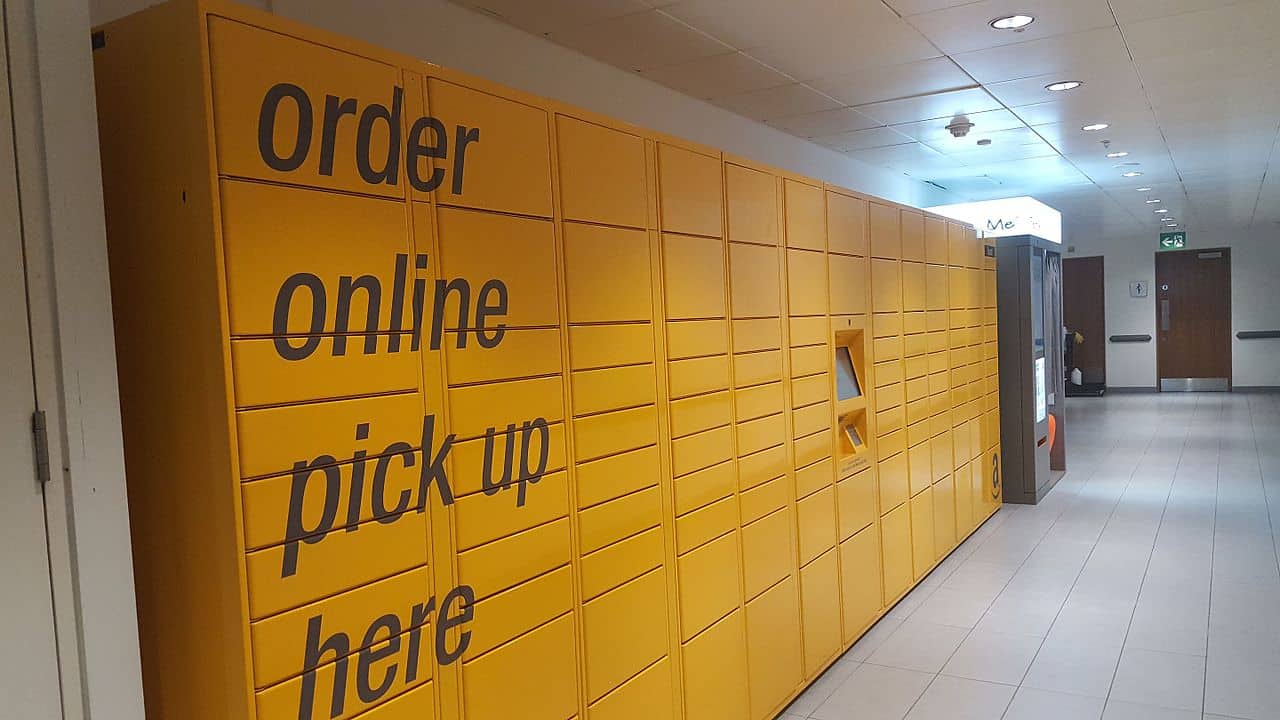Amazon’s famous patent for buying an item on the Internet with just a single click is about to expire in a few months.
The patent application was filed on September 12, 1997. This was 10 months before the Federal Circuit, in the State Street Bank case, recognized that business methods could be patentable.
The State Street Bank case involved a 1993 patent for a data processing system for implementing an investment structure. The court found that “business methods have been, and should have been, subject to the same legal requirements for patentability as applied to any other process or method.”
The one-click patent issued in September, 1999. In October of that year, Amazon sued Barnes and Noble, claiming that the book chain’s “Express Lane” option violated the patent. The case settled in 2002.
In 2006, the USPTO ordered an reexamination of the one-click patent based on a request from New Zealand actor Peter Calveley (who was reportedly unhappy about how long it took a book he’d ordered to arrive). Calveley used crowdsourcing to raise the $2,520 fee to apply for reexamination.
In 2007, the USPTO confirmed the one-click patent was valid.
Now that the patent is about to expire, one-click ordering may become available across multiple websites.new
According to the New York Times,
the web’s governing body, the World Wide Web Consortium, or W3C, has brought together the giants of the internet including Google, Facebook and Apple to fix the clumsiness of paying for things online
Now, a new global standard for online payments — a sort of Amazon one-click payment system for the entire internet — is being completed by the consortium and its members.
The Times says that this new standard
will provide a uniform way for users to input their credit cards and payment systems to any web browser so that they can be used for any purchase on the web. After the card details are entered once, they will automatically be called up as choices for all future transactions.
This will be somewhat like the existing auto-fill functions that browsers have. But with the new standard, all the data fields will be filled in invisibly, requiring just one click.
To protect the security of the credit card information, the browser will generate a one-time payment token, so the actual credit card number won’t be stored in multiple databases.


